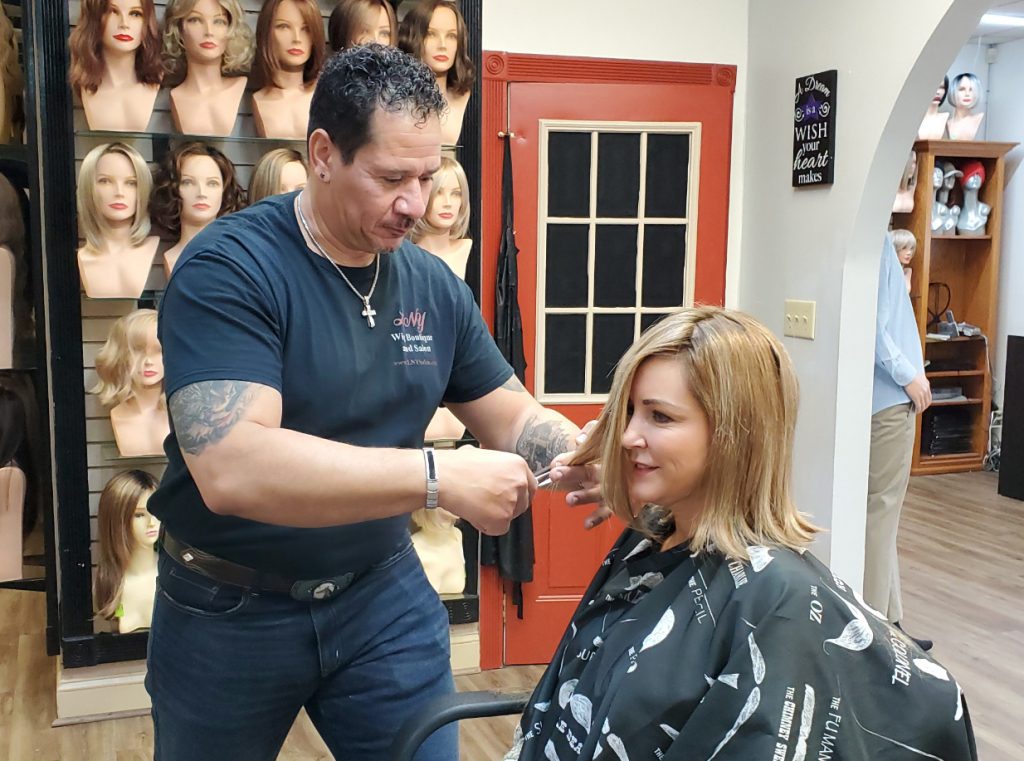From the center stage in theatres, they are framing the faces of talented and telling stories of the past, present, and future. To provide comfort and confidence to people across the world. Wigs have served many purposes over time and have implemented themselves in many different avenues of life.
The wearing of wigs dates back to ancient Egypt. Wigs, then, declared wealth, status, and societal roles. Ancient Egyptians used materials such as linen, sheep’s wool, animal hair, and human hair to create them. It has also been said that ancient Egyptians didn’t favor gray hairs, so they turned to wigs to continue to look timeless and found them a more accessible alternative than dealing with their natural hairs. Wigs even followed them to their deaths, as many were buried with a wig. If we dive into wigs in the following years, we can see that in the 17th century, hair was an essential aspect of fashion, and a perfect hairline represented a “well-bred” man and displayed status and style. During this era, syphilis was extraordinarily prominent, and one of the side effects of this bacterial infection was the hair loss. Hence, wigs were also a means of doing away with the shame of having them. The usage of wigs didn’t become extremely popular among ordinary men until two kings, King Louis XIV and King Charles II, began wearing them in response to hair loss and graying; this started a fashion statement that was also a means of displaying wealth. Many political figures wore wigs signifying their status, but wigs thus began to die in popularity following the hair powder acts of 1795. British judges and barristers continue to wear similar wigs in the 21st century. In dermatology, wigs help minimize the psychological consequences of hair loss in patients. Heredity hair loss, alopecia, scalp infection, age, cancer treatments, and hormonal imbalance are just a few examples of conditions and situations in which hair loss may occur. Wigs can provide a means of transformation, comfort, and a sense of normalcy to those affected by such conditions and circumstances. Wigs made for cancer patients take on a different name, Cranial Prosthesis; these wigs have a softer base and no knots, thus creating a more comfortable fit for a typically traumatized scalp. Many people now also wear wigs for beauty purposes and because they enjoy the convenience of changing the way their hair looks temporarily, whether with styling, length, or color. It is a part of the world of fashion, making its way down runways, making guest appearances in award shows on television screens across the globe, and used in performances of all kinds representing culture and exaggeration. The purpose of wigs cannot be defined by one means; wigs and their purpose have evolved so much over time and continue developing. I guess it’s fair to say that wigs have a lot of hats to fill.
Sources

